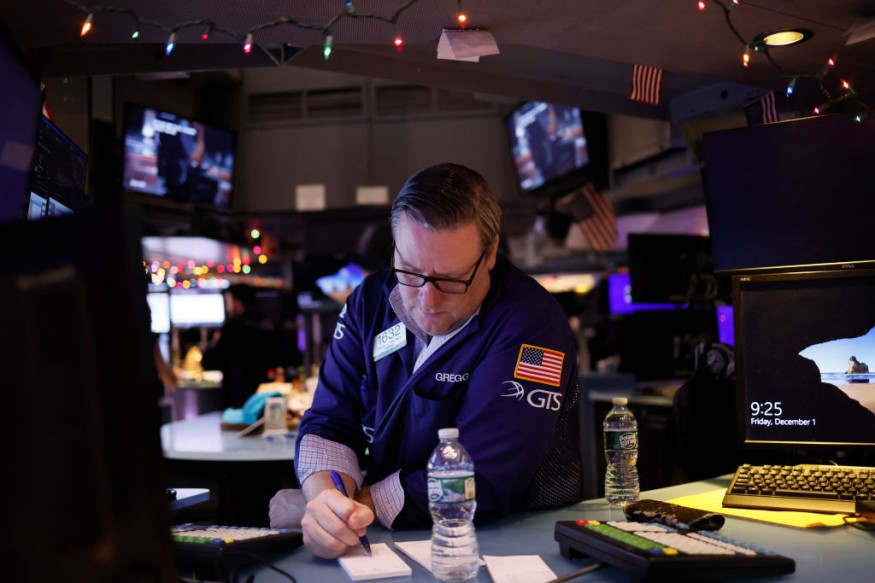Job Market Sees November Surge, But Underlying Trend Points to a Looming Slump
November saw a significant pick-up in U.S. job growth as thousands of actors and autoworkers returned to the workforce following strikes; nevertheless, the underlying trend is likely to indicate a cooling labor market.
Views that the Federal Reserve is done hiking interest rates this cycle will be reinforced by the Labor Department's carefully anticipated jobs report on Friday, which is also expected to show wages improving slowly and the unemployment rate remaining constant at almost a two-year high of 3.9%.

However, given that job growth is expected to continue to be far higher than the 100,000 jobs per month required to keep up with the population's increase into working age, this might deflate investor hopes that the US central bank could reverse course and start lowering interest rates as early as the first quarter of 2024.
Next Wednesday, the Fed is anticipated to maintain current rates. Since March 2022, it has increased its policy rate by 525 basis points, bringing it to the current range of 5.25%-5.50%.
Nonfarm payrolls probably grew by 180,000 jobs last month after increasing by 150,000 in October. Government statistics indicated that the United Auto Workers (UAW) union's approximately 25,300 members ceased their strikes against Detroit's "Big Three" automakers on October 31, which caused a decline in manufacturing payrolls for that month.
There are still at least 5,000 striking UAW workers, most of whom being employed by Mack Trucks. Payrolls were probably helped by the 16,000 SAG-AFTRA actors union members who returned to work.
Even so, job growth would fall short of this year's 238,800 jobs monthly average. The need for labor is decreasing as the economy's overall demand is reduced by the Fed's significant rate increases.
This Monday, the government said that October had the fewest job opportunities since August 2021, with 1.34 positions available for every jobless individual.
Mixed Labor Market Signals as Hiring Eases and Unemployment Rate Inches Up
The Fed's Beige Book report from last week described the labor market as having "continued to ease" and stated that "most districts reported flat to modest increases in overall employment" from early October through mid-November. These reports add to the anecdotal evidence of decreasing hiring.
A sign of future hiring, temporary assistance has decreased for the most part of this year. Additionally, from 34.6 hours in January to 34.3 hours in October, the average workweek has decreased. At that point in November, it should have remained unaltered.
Since April, when it was 3.4%, a 53-year low, the jobless rate has increased. On the other hand, rather than businesses firing employees, the increase has been caused by an increase in the labor supply. Although there was a chance that November's unemployment rate may reach 4.0%, economists advised against seeing the increase as a sign of weakening labor market conditions.
The Fed is working harder to bring inflation down to its objective of 2% since the growing labor pool is reducing wage growth.
The average hourly wage is expected to increase by 0.3% following a 0.2% increase in October. This would cause the yearly pay growth to drop to 4.0%, the lowest increase since June 2021, from 4.1% in October.
Related Article : Biden's $4.8 Billion Student Loan Forgiveness Plan Offers New Beginnings for Thousands
Copyright © MoneyTimes.com











